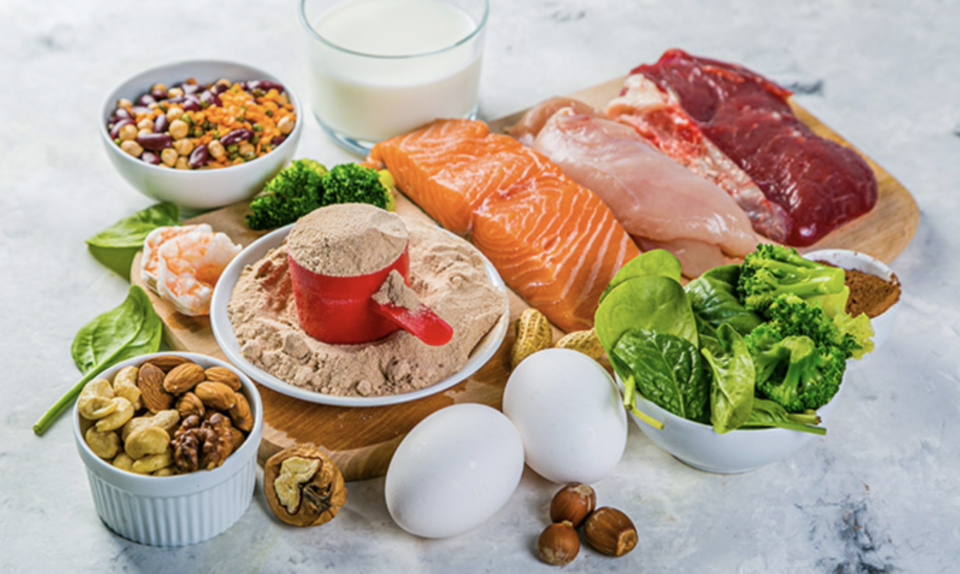Adopting a protein-first eating strategy is advocated for its simplicity and profound impact on body composition. This approach emphasizes prioritizing protein in every meal and snack, leading to favorable changes such as reduced fat and increased muscle mass. The protein-first strategy is universally supported by scientific evidence, making it effective for individuals across the board.
The Protein Leverage Effect is a central concept, highlighting that a low-protein diet can trigger overeating and uncontrollable cravings. Maintaining a daily protein threshold, ideally between 85 and 138 grams, is crucial for preventing mechanisms that induce excessive eating. The protein-first strategy ensures the fulfillment and surpassing of this threshold, helping curb cravings and regain control over eating habits.
Protein emerges as a natural fat burner due to its thermogenic properties, contributing to increased metabolism and diet-induced thermogenesis. Consuming around 50 grams of protein in a meal can significantly boost metabolic rate, with the excess protein fostering a potent thermogenic effect, aiding in fat loss. Furthermore, protein’s higher thermic effect compared to other macronutrients makes it a valuable component in promoting calorie burning.
Protein’s satiating nature sets it apart as the most filling macronutrient, suppressing hunger and promoting longer-lasting fullness compared to carbohydrates or fats. By reducing the hunger hormone ghrelin and elevating peptide YY levels, protein helps control appetite. Additionally, certain amino acids in protein trigger signals that communicate fullness to specific brain cells.
Protecting muscle and metabolism during dieting is another significant advantage of the protein-first approach. Protein prevents muscle loss, preserving the primary driver of metabolism. Studies reveal that higher protein intake during dieting results in greater retention of lean muscle and increased fat loss, emphasizing the role of protein in maintaining a healthy metabolism.
Contrary to carbohydrates and dietary fats, excess protein is challenging to store as body fat. Studies demonstrate that consuming additional calories from protein, even in substantial amounts, does not lead to fat gain. The intricate biochemical and hormonal steps involved in converting protein to body fat make it a less likely contributor to fat storage, especially when combined with resistance training.
The Protein Preloading Effect, highlighted in multiple studies, suggests that consuming 20 grams of protein 20-30 minutes before meals enhances satiety, regulates blood sugar, and prevents overeating. This calorie offsetting technique underscores the key role of protein in influencing mealtime consumption.
Addressing the challenges of aging, the protein-first strategy is proposed as a means to counteract the body’s decreased efficiency in utilizing protein. Sarcopenia, or muscle loss, is a common concern with aging, and maintaining a high protein intake may slow down this decline. Experts even suggest an increased need for protein as individuals enter middle age and beyond to compensate for the body’s diminished ability to utilize protein effectively.
To integrate the protein-first strategy seamlessly, a daily protein intake of at least 100 grams is recommended for everyone, with weightlifters advised to aim for one gram of protein per pound of body weight. Convenient options like protein shakes further facilitate meeting these protein goals.

